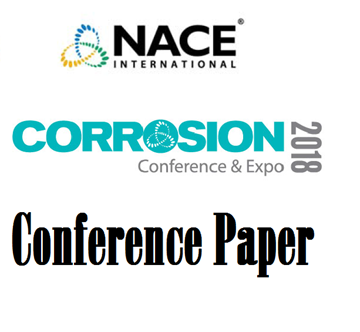Search
02241 PREDICTION OF CORROSION IN SLIGHTLY SOUR ENVIRONMENTS
Also Purchased
10278 A Parametric Study of Sour Corrosion of Carbon Steel
Product Number:
51300-10278-SG
ISBN:
10278 2010 CP
Publication Date:
2010
$20.00
51318-10984-INFLUENTIAL FACTORS RELATED TO LOCALIZED CORROSION OF MILD STEEL IN SLIGHTLY SOUR ENVIRONMENTS
Product Number:
51318-10984-SG
Publication Date:
2018
$20.00
02235 IMPROVEMENTS ON DE WAARD-MILLIAMS CORROSION PREDICTION AND APPLICATIONS TO CORROSION MANAGEMENT
Product Number:
51300-02235-SG
ISBN:
02235 2002 CP
Publication Date:
2002
$20.00
Recently viewed




